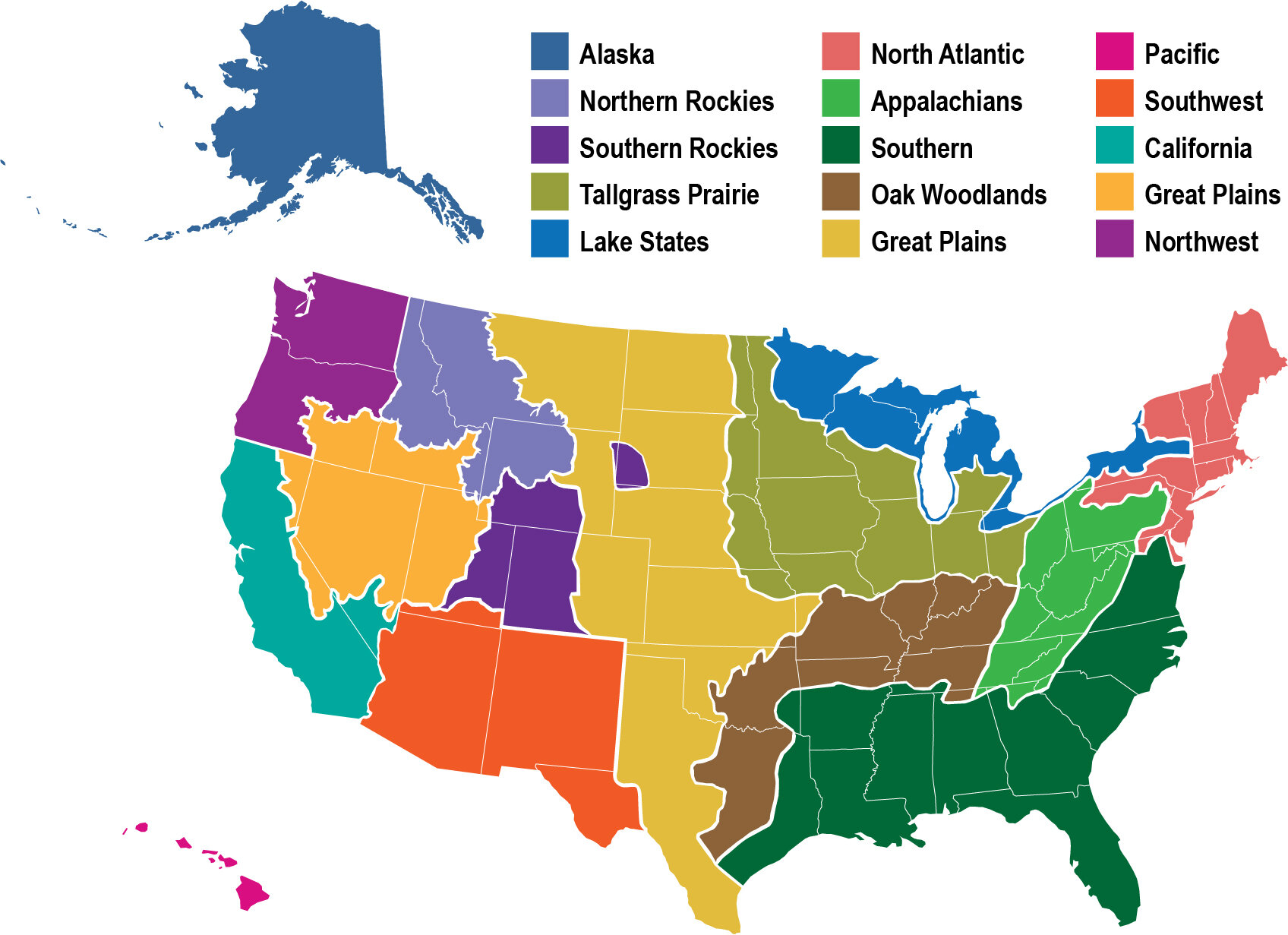Human Influence on California Fire Regimes: USGS Research Brief
/Researchers studied the human influence on fire regimes at the WUI using California Department of Forestry and Fire Protection (CDF) data from a majority of counties in the state, coupled with associated housing and other human infrastructure data.
View USGS Research Brief PDF >



